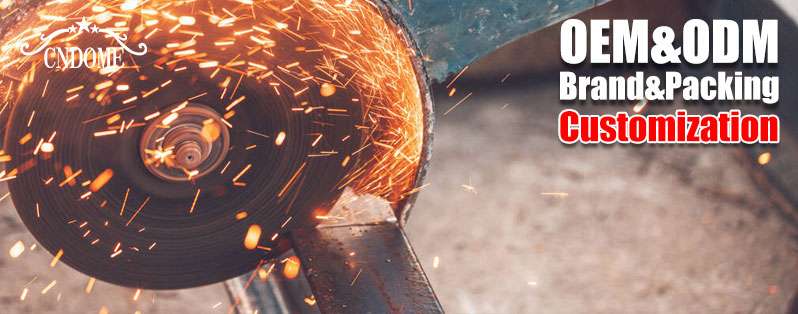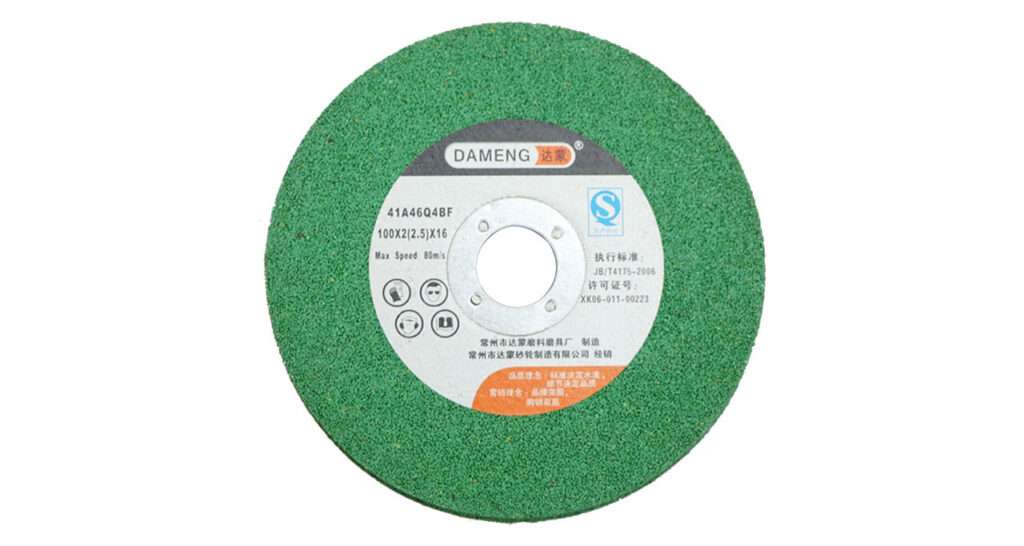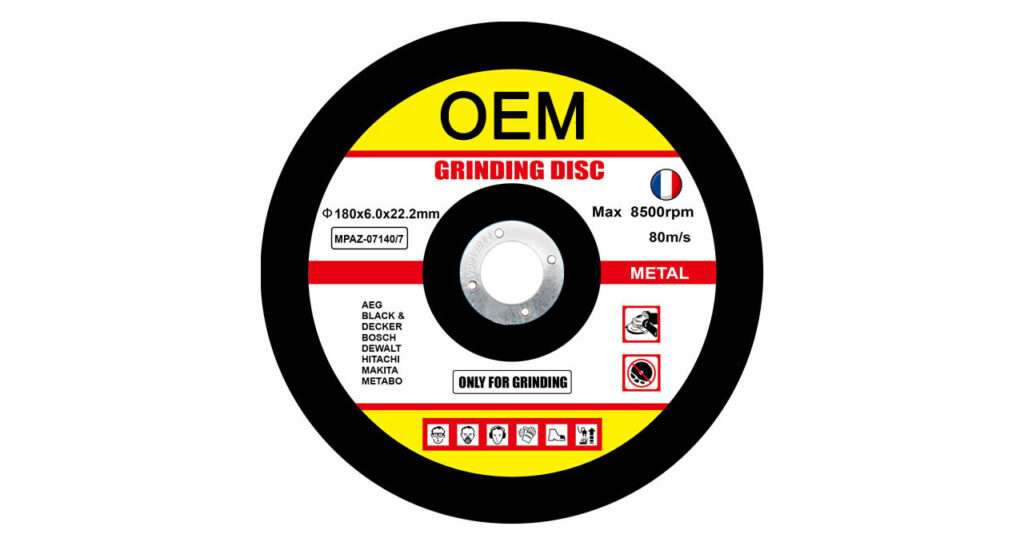Cutting stainless steel can be a challenging task due to its toughness and durability. Choosing the right cutting wheel is crucial for achieving precise cuts and maintaining the integrity of the material. This blog will delve into the key aspects of cutting wheels designed for stainless steel, including types, features, and best practices for their use.
Types of Cutting Wheels
1.Resinoid Cutting Wheels:
- Advantages: Commonly used due to their affordability and availability. They offer good performance for cutting stainless steel.
- Limitations: Wear out relatively quickly and may produce more heat, which can affect the material’s properties.
2.Diamond Cutting Wheels:
- Advantages: Known for their longevity and ability to produce clean, precise cuts. They generate less heat compared to resinoid wheels.
- Limitations: Generally more expensive than other types of cutting wheels.
3.Ceramic Cutting Wheels:
- Advantages: Provide a good balance between performance and cost. They are durable and can handle high-pressure cutting.
- Limitations: May require a higher initial investment but offer long-term savings due to their durability.
Key Features to Consider
1.Abrasive Material: The abrasive material in the cutting wheel is crucial for cutting efficiency. For stainless steel, wheels with aluminum oxide or zirconia alumina abrasives are recommended due to their hardness and cutting ability.
2.Bond Type: The bond type affects the wheel’s performance and longevity. Resin-bonded wheels are popular for stainless steel cutting because they offer a good balance of cutting speed and durability.
3.Thickness: Thicker wheels provide longer life but may cut more slowly. Thinner wheels offer faster cutting but may wear out quickly. Choosing the right thickness depends on the specific requirements of the cutting task.
4.Diameter: The diameter of the cutting wheel affects the depth of cut. Larger diameter wheels can make deeper cuts but may require more power.
Best Practices for Using Cutting Wheels on Stainless Steel
1.Proper Equipment: Ensure that you use an angle grinder or a cutting tool compatible with the cutting wheel. Check the manufacturer’s recommendations for speed and power requirements.
2.Safety First: Always wear appropriate safety gear, including gloves, goggles, and hearing protection. Stainless steel cutting can produce sparks and debris.
3.Cooling Methods: Stainless steel can be sensitive to heat. Using a coolant or lubricant can help dissipate heat and prevent discoloration or warping of the material.
4.Consistent Pressure: Apply consistent pressure while cutting to avoid damaging the wheel or the material. Too much pressure can cause the wheel to wear out quickly, while too little pressure can result in inefficient cutting.
5.Maintenance: Regularly inspect the cutting wheel for signs of wear or damage. Replace the wheel if it shows significant wear or any cracks.
Conclusion
Selecting the right cutting wheel for stainless steel is essential for achieving precise and efficient cuts. Consider the type of wheel, abrasive material, bond type, thickness, and diameter to match your specific needs. By following best practices and safety guidelines, you can ensure a smooth and effective cutting process.
For those in the cutting disc OEM customization business, understanding these factors can help in providing high-quality, tailored solutions for your customers. By offering the right products and guidance, you can enhance customer satisfaction and build a reputation for reliability and expertise in the industry.



